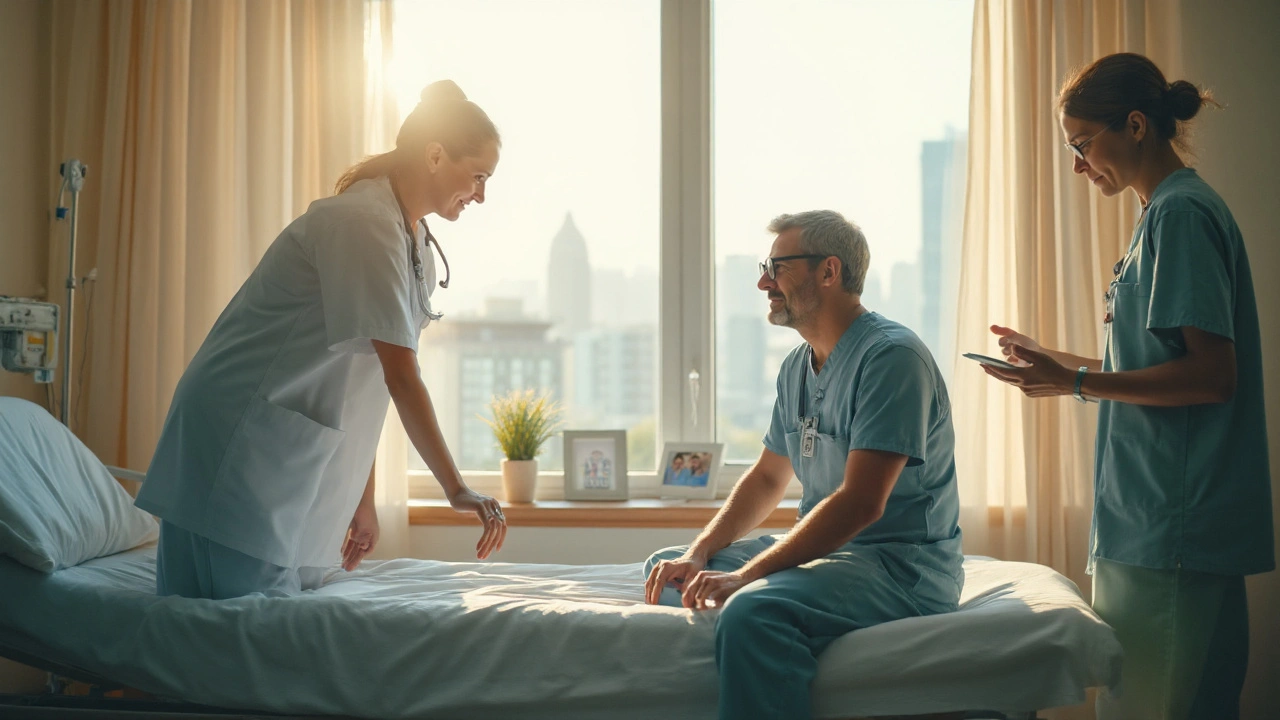
Living Through Organ Rejection: A Patient’s View of Transplant Challenges
A candid, patient‑focused look at organ rejection, its treatment, monitoring and the emotional journey after a transplant.
If your doctor said you need a biopsy, you might wonder what that actually involves. In simple terms, a biopsy means taking a tiny piece of tissue so a lab can look at it under a microscope. The goal is to find out if something abnormal—like a tumor, infection, or inflammation—is present. Knowing the answer helps doctors choose the right treatment quickly.
Doctors usually suggest a biopsy when an imaging test (like an MRI or ultrasound) shows something that looks suspicious. Common reasons include a lump in the breast or skin, a pulmonary nodule, or unexplained organ swelling. Sometimes, a biopsy is done just to confirm a diagnosis, such as distinguishing between two types of liver disease. The decision is based on how likely the finding is to be serious and whether the result will change your care plan.
There are several ways to collect tissue, and the choice depends on where the problem is. The most common types are:
Most needle biopsies are done in the office and take only a few minutes. You’ll get a local anesthetic so you won’t feel pain, just a slight pressure. Surgical biopsies usually require a short hospital stay and may involve general anesthesia.
Preparation tips: Ask your doctor if you need to stop any blood‑thinning meds (like aspirin or warfarin) a few days before the test. Eat or fast according to the instructions—some procedures need an empty stomach. Wear comfortable clothes that allow easy access to the area being biopsied.
During the procedure: The health team will clean the skin, apply the anesthetic, and then take the sample. You’ll hear a clicking sound with a needle biopsy, or see a small incision being closed with stitches for a surgical one. The whole thing is typically over in under 30 minutes.
After the tissue is taken, the site may be covered with a bandage. You might feel a little soreness or mild bruising for a day or two. Over‑the‑counter pain relievers like acetaminophen work fine—avoid NSAIDs if your doctor told you to stop them before the test.
Most people can go back to normal activities the next day, but avoid heavy lifting or intense exercise for 24‑48 hours, especially after a surgical biopsy. Keep the wound clean and dry; if you notice increasing redness, swelling, or a fever, call your provider right away.
Lab results usually come back within a few days to a week, depending on the complexity. Your doctor will explain what the findings mean and outline the next steps, whether that’s watchful waiting, medication, surgery, or another test.
Knowing what a biopsy involves takes the mystery out of the word and helps you stay calm on the day of the test. Follow the prep steps, ask any questions you have, and stick to the after‑care tips. You’ll be back to your routine before you know it, armed with the information your doctor needs to keep you healthy.

A candid, patient‑focused look at organ rejection, its treatment, monitoring and the emotional journey after a transplant.